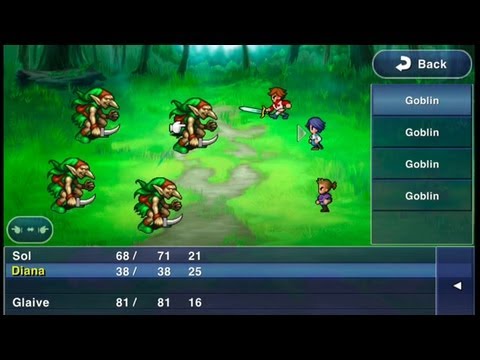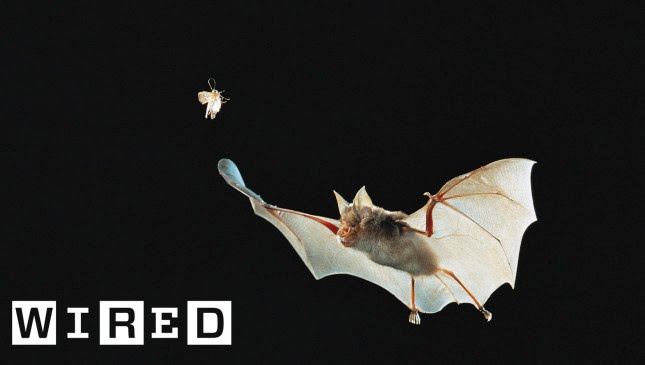Mastering Skateboarding Tricks: Techniques and Difficulties
Summary
In this article, we explore the techniques and difficulties of performing skateboard tricks, particularly the flat ground ollie, frontside and backside 180 ollies, and the backside pop shove it. We also delve into the differences between a kickflip and a heel flip, and how to execute them correctly. Additionally, we discuss the varial flip and aerial maneuvers, emphasizing the importance of foot placement and finesse in executing these tricks.
Table of Contents
- The Flat Ground Ollie: Foundation for Skate Tricks
- Turning It Up a Notch: Frontside and Backside 180 Ollies
- The Backside Pop Shove It: A Tricky Maneuver
- Kickflip vs. Heel Flip: The Differences and Techniques
- The Varial Flip: A Building Block to Complex Tricks
- Aerial Maneuvers: The 180 Aerial and Beyond
The Flat Ground Ollie: Foundation for Skate Tricks
Tony Hawk, a professional skateboarder, has been challenged to perform skateboard tricks of increasing complexity. He has decided to focus on flat ground and ramp tricks, excluding grinds and slides. The first level is the flat ground ollie, which is the foundation for almost every skate trick. The motion of an ollie involves snapping the tail of the board downward with one foot, then sliding the front foot at the right time to bring the board up and level it out in the air.
Turning It Up a Notch: Frontside and Backside 180 Ollies
The second level is the 180 frontside ollie, where the upper body turns 180 degrees while the lower body follows. The third level is the backside 180 ollie, which is similar but more difficult because the landing zone is not visible. These tricks require a lot of practice and finesse to execute correctly.
The Backside Pop Shove It: A Tricky Maneuver
The fourth level is the backside pop shove it, where the board turns 180 degrees under the feet while the body stays in the same position. This trick is challenging because it requires precise foot placement and timing to execute correctly.
Kickflip vs. Heel Flip: The Differences and Techniques
The speaker explains the difference between a kickflip and a heel flip, noting that the latter does not actually involve flipping the board with the heel. They demonstrate how to perform a heel flip by using the toes to flip the board and scraping the side of the foot diagonally. Proper foot placement and timing are crucial to executing these tricks correctly.
The Varial Flip: A Building Block to Complex Tricks
The speaker also discusses the varial flip, which involves a combination of a shove it and a kickflip. They note that this trick is a building block to other more complex tricks, such as the varial heel flip, inward heel flip, and hard flip. There are many variations of these tricks, including going backward, fakie, switch, and unnatural stance.
Aerial Maneuvers: The 180 Aerial and Beyond
Finally, the speaker moves on to discussing aerial maneuvers, such as the 180 aerial, which is more complex and dangerous due to the increased air time and speed. These tricks require a lot of practice and patience to execute correctly, and it is important to wear appropriate safety gear when attempting them.
Conclusion
Mastering skateboarding tricks requires a lot of practice, patience, and finesse. Proper foot placement and timing are crucial to executing these tricks correctly, and it is important to wear appropriate safety gear when attempting more complex maneuvers. With dedication and persistence, anyone can learn to perform these tricks like a pro.







